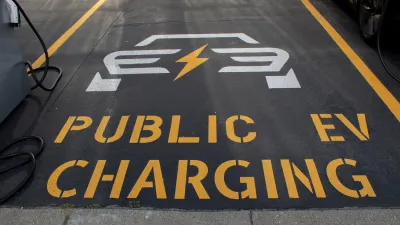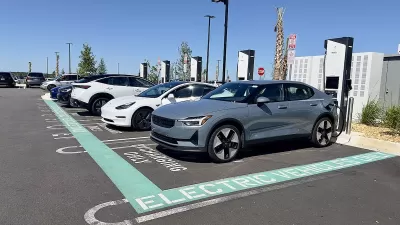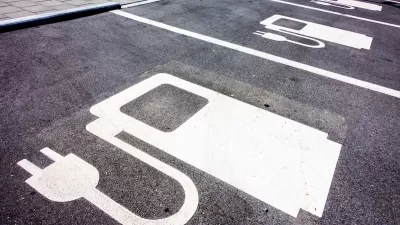The proliferation of private EV charging services, coupled with federal investment in charging stations, has the potential to reduce 'charging anxiety' and encourage a faster switch to electric vehicles.

The rise of electric vehicle charging programs known as 'EV Charging As A Service' could help speed up EV adoption and build out the nation's network of charging stations, writes Steve Tengler in Forbes. The growth of a private charging industry alongside government-funded charging stations could ease "charging anxiety" experienced by drivers considering making the switch from gas-powered vehicles and businesses seeking to electrify their fleets. "Regardless of potential fuel savings, businesses cannot have valuable assets either experiencing downtime or non-productive mileage," Tengler says.
The concept is that such services provide lower risk solutions with greater flexibility to small- and mid-sized businesses or multifamily properties, especially where multiple vehicles need charging. The Charging As A Service program removes the burden of ownership and maintenance from the charging host by providing such things as turnkey EV charging stations, management software, 24/7 driver support, professional field maintenance, etc.
As Tengler notes, "Any rollout plan for a technology shift requires some early adoption from the market segments with the greatest need, which in turn reduces the price point or impediment to widespread adoption."
FULL STORY: ‘Charging As A Service’ For Electric Vehicles Growing As A Market Offering

Trump Administration Could Effectively End Housing Voucher Program
Federal officials are eyeing major cuts to the Section 8 program that helps millions of low-income households pay rent.

Planetizen Federal Action Tracker
A weekly monitor of how Trump’s orders and actions are impacting planners and planning in America.

Ken Jennings Launches Transit Web Series
The Jeopardy champ wants you to ride public transit.

USDOT Waters Down Self-Driving Car Regulations
The agency is reducing reporting requirements for autonomous vehicles and cars with self-driving features, prompting concern among safety advocates who say transparency is essential to the safe deployment of AV technology.

‘Minnesota Nice’ Isn’t so Nice When You Can’t Find a Place to Live
The Economic Development and Housing Challenge Program can help address the scourge of homelessness among Indigenous people.

NYC Open Streets Organizers Call for City Support
The number of open streets projects has dropped year after year as volunteer groups struggle to fund and staff them.
Urban Design for Planners 1: Software Tools
This six-course series explores essential urban design concepts using open source software and equips planners with the tools they need to participate fully in the urban design process.
Planning for Universal Design
Learn the tools for implementing Universal Design in planning regulations.
Heyer Gruel & Associates PA
Ada County Highway District
Institute for Housing and Urban Development Studies (IHS)
City of Grandview
Harvard GSD Executive Education
Toledo-Lucas County Plan Commissions
Salt Lake City
NYU Wagner Graduate School of Public Service





























